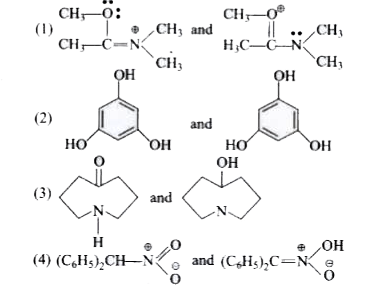Which of the following structures contract and relax rhythically to produce movement ?
Flagella
Cilia
Muscles
Pseudopodia
The correct Answer is:C
To determine which structures contract and relax rhythmically to produce movement, we need to analyze the given options: flagella, cilia, muscles, and pseudopodia.
1. Understanding the Options:
- Flagella: These are long, whip-like structures that help in locomotion, primarily in prokaryotic organisms (like bacteria). They do not contract and relax in a rhythmic manner like muscles do.
- Cilia: These are short, hair-like structures found on the surface of some eukaryotic cells. They also aid in movement but do not contract and relax rhythmically in the same way that muscles do.
- Muscles: Muscles are specialized tissues in the body that contract and relax rhythmically. This contraction and relaxation is what enables movement in multicellular organisms, including humans.
- Pseudopodia: These are temporary projections of eukaryotic cells, like amoeba, used for movement and feeding. They do not contract and relax rhythmically.
2. Identifying the Correct Answer:
- Among the options, only muscles are responsible for contraction and relaxation that leads to movement. Therefore, the correct answer is muscles.
Final Answer:
The structure that contracts and relaxes rhythmically to produce movement is muscles.
---
- Flagella: These are long, whip-like structures that help in locomotion, primarily in prokaryotic organisms (like bacteria). They do not contract and relax in a rhythmic manner like muscles do.
- Cilia: These are short, hair-like structures found on the surface of some eukaryotic cells. They also aid in movement but do not contract and relax rhythmically in the same way that muscles do.
- Muscles: Muscles are specialized tissues in the body that contract and relax rhythmically. This contraction and relaxation is what enables movement in multicellular organisms, including humans.
- Pseudopodia: These are temporary projections of eukaryotic cells, like amoeba, used for movement and feeding. They do not contract and relax rhythmically.
- Among the options, only muscles are responsible for contraction and relaxation that leads to movement. Therefore, the correct answer is muscles.
The structure that contracts and relaxes rhythmically to produce movement is muscles.
Topper's Solved these Questions
- LOCOMOTION AND MOVEMENTBOOK - AAKASH INSTITUTE ENGLISHCHAPTER - LOCOMOTION AND MOVEMENTEXERCISE - ASSIGNMENT SECTION-B
25 Videos
- LOCOMOTION AND MOVEMENTBOOK - AAKASH INSTITUTE ENGLISHCHAPTER - LOCOMOTION AND MOVEMENTEXERCISE - ASSIGNMENT SECTION-C
43 Videos
- LOCOMOTION AND MOVEMENTBOOK - AAKASH INSTITUTE ENGLISHCHAPTER - LOCOMOTION AND MOVEMENTEXERCISE - EXERCISE
30 Videos
- HUMAN REPRODUCTIONBOOK - AAKASH INSTITUTE ENGLISHCHAPTER - HUMAN REPRODUCTIONEXERCISE - Try Yourself
19 Videos
- MICROBES IN HUMAN WELFAREBOOK - AAKASH INSTITUTE ENGLISHCHAPTER - MICROBES IN HUMAN WELFAREEXERCISE - Assignment (SECTION - D Assertion - Reason Type Questions)
10 Videos
Similar Questions
Knowledge Check
Which of the following occurs during muscle contraction?
AA) Reduction of ATP liberates oxygenBB) Z lines move closer togetherCC) Filaments of myosin slide past filaments of actinDD) Muscle fibres lengthenWhich of the following ions help in muscle contraction ?
AK+ and Mg++BNa+ and K+CCa++ and Na++DCa++ and Mg++Which of the following is important for muscle contraction?
ACa2+BMg2+Cboth I and iiDFe2+
Which of the following relaxes muscles and relieves anxiety?
View SolutionWhich of the following structures produces energy for the mobility of mature sperm?
View SolutionWhich of the following pairs of structures is not a pair of resonating structures?
View SolutionWhich of the following pairs of structure are resonance structure?

View SolutionWhich of the following is not a result of muscular contraction?
View Solution
